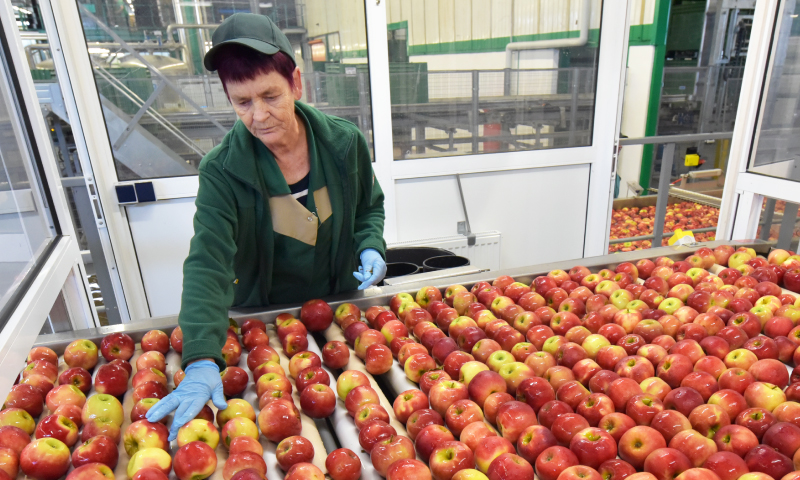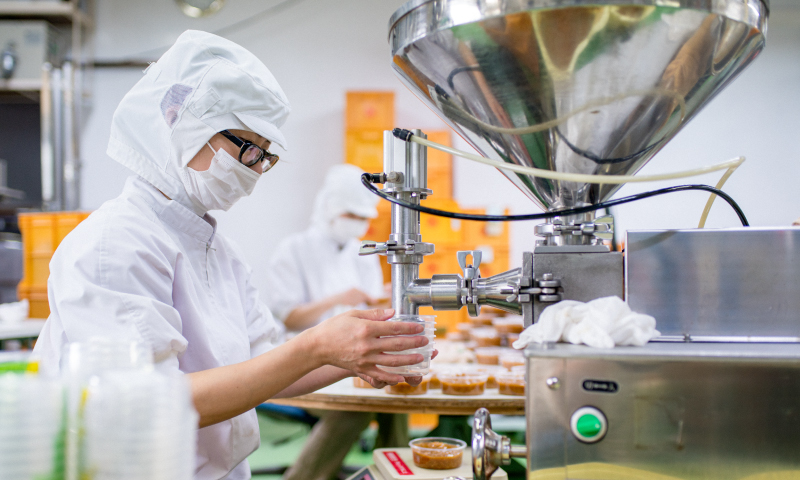20 July 2022
The latest food and drink statistics reveal UK food and drink exports have maintained a steady uptick in Q2 2022, with overall exports for May 2022 sitting at £2.07bn, up from £1.98bn in April 2022. This follows rapid acceleration in exports at the start of 2022, marking a return to pre-pandemic levels.
For now exports going from strength to strength
Exports to the EU increased to £1.12bn in May 2022, up from £1.07bn in April 2022, indicating that food and drink manufacturers have further strengthened their relationships with new international markets post-Brexit and pandemic, with the industry successfully navigating new export regulations. A standout growth market is exports to North America with a 20 per cent increase year on year. This is heavily influenced by a c40 per cent growth in the export of whisky which for each of the last three months has generated nearly £0.5bn of exports, equating to nearly 25 per cent of the UK’s food and drink exports. Whisky continues to grow with significant investment across many distilleries to increase output based on expected continued strong demand for the varied ‘drams’ that are produced. This product is visible in so many international markets and provides opportunities for relevant food and drink categories to attempt to replicate some of this undoubted success.
ESG challenges
Although exports are holding up well, overall imports increased from £4.66bn in April 2022, to £5.34bn in May 2022, highlighting the significant ESG challenges ahead as the UK’s reliance on food and drink imports heightens. As such, headwinds remain for the government to align its recently published food strategy by encouraging a shift towards sourcing local produce and eating seasonally, while also managing the cost-of-living crisis which is strongly influencing consumer spending and manufacturers sourcing produce from abroad.
Further supply chain challenges to come
We still await the impact of the war in Ukraine on the supply chain and food price inflation – the UK consumer is starting to see some of this already, but more will come and there are only likely to be further tricky conversations between food and drink manufacturers and retailers in the coming months over price increases.
The recent dispute between the well-known brand Heinz and the supermarket chain Tesco has now ended but not all food and drink manufacturers have the degree of power and influence that Heinz possesses. Regular communication throughout supply chains to ensure transparency on necessary cost increases while also being prepared for tough conversations with retailers is the only way that food and drink manufacturers will protect margins over the coming months.








